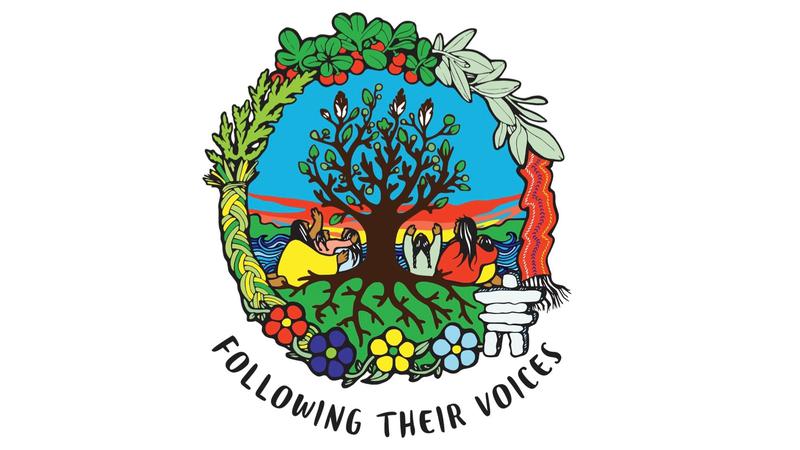
2 HIV positive babies born in Sask. this year
In Saskatchewan there were two cases of HIV infection in babies in 2015.
“We are all very concerned about these babies being born with HIV and it just gives us more fuel to work harder at what we have set out to do,” provincial deputy chief medical health officer Dr. Denise Werker said.
Along with the two babies that were infected during pregnancy or during labour and delivery, a third case is under investigation. It takes a number of tests, over a number of months to have a case confirmed, Werker said.
While all women are offered HIV testing as part of pre-natal care, not all women are captured by the health system early enough, she said.


